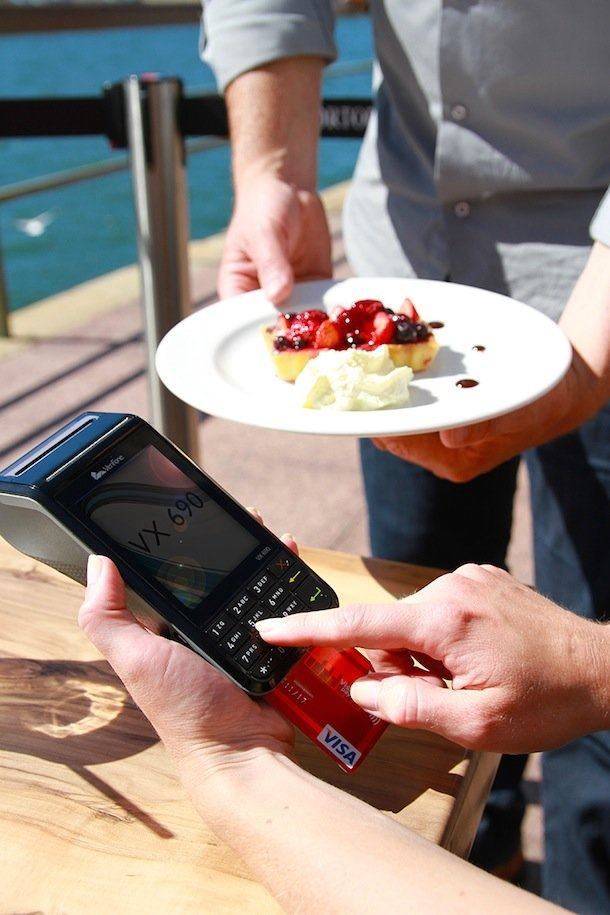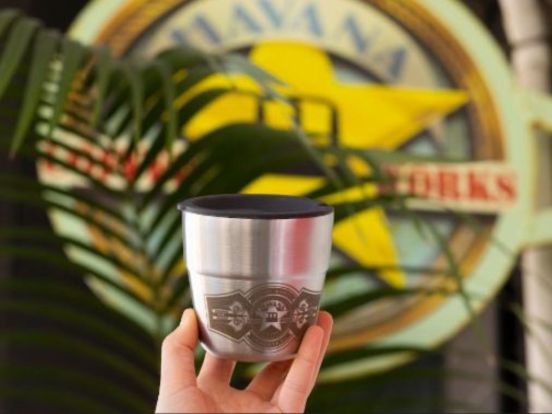From fancy new gadgets to the latest smartphone and android apps, here’s what you need to get up to speed. By Sue Fea
 “It doesn’t matter whether you spend $3000 or $30,000 – it’s not the technology, but how you put it into practice.” Andrew McClurg, chief executive, Menumate.
“It doesn’t matter whether you spend $3000 or $30,000 – it’s not the technology, but how you put it into practice.” Andrew McClurg, chief executive, Menumate.
“You’ll be able to wave your smartphone in front of these new terminals to pay. They have the technological capability to accept smartphone payments once New Zealand is fully on board with this technology.” Kirsten Clark, marketing and communications manager, Eftpos New Zealand.
Technology is advancing at a dizzying rate and hospitality operators need to get up to speed or miss out on the business benefits that a little bit of extra investment can bring. POS terminals are not only becoming faster and more efficient, but they’re incorporating everything from loyalty programmes to mobile and online ordering.
Multi-site loyalty programmes controlled from a central database can now enable customers to load money onto their loyalty card at one site and have it immediately available to spend at any site nationally.
Wizbang’s Chris Smith has one customer with 56 different sites around the country and 200,000 loyalty programme members. “We’ve enabled them to have one central loyalty database that can be shared with any of their sites nationally.” This centralised system offers a huge marketing advantage, says Smith. “If a client wants to market out of that database, it’s all at their fingertips, rather than jumping into multiple databases.”
In the latest developments companies like Mobi2Go and YQ are developing smartphone and android apps that use QR (Quick Response) barcodes which can be loaded onto smartphones and recognised by hospitality POS systems. Wizbang already has a Nelson operator whose customers still use loyalty swipe cards, but they’re fitted with and recognised on the POS by a QR code, rather than the traditional magnetic strip. “As more customers move towards using smartphones to pay, this business is all set up ready with a QR code system in place,” says Smith.
Mobile online ordering is rapidly growing in popularity in New Zealand too, especially for takeaways and coffee, as more customers order over the internet. Wizbang has installed these systems for the Naked Baker in New Brighton and Burgers and Beer in Christchurch.
Smith says it’s only a matter of time until iPad menus appear on restaurant tables, however, they’re still expensive and security issues mean there’s not as much uptake on these.
He has one Auckland client whose restaurant iPad was stolen by a customer, but fortunately the operator had GPS tracking and was able to turn up at the culprit’s home and demand his iPad back.
Training staff crucial for POS success
All this new technology is helpful, but Menumate chief executive Andrew McClurg says most hospitality operators are not using their point of sale investment to its full potential. They’re so focused on purchasing “the latest and greatest with all the bells and whistles” that three to six months after buying a new POS system; they’re still not using it to its full capabilities. “It doesn’t matter whether you spend $3000 or $30,000 – it’s not the technology, but how you put it into practise.” Major investment into high-tech, time-saving devices is largely wasted if operators fail to invest the necessary time and energy into training staff, he says.
POS systems can now manage sales, monitor and report on staff attendances and rostering, receive orders from websites and smart phones, run loyalty programmes and control stock, as well as linking multiple stores and franchises to cloud based reporting. It’s no mean feat, but as with most technology solutions the key to success with POS systems is in the execution of the installation.
It can take a lot of time to fully implement these highly-capable systems to the level where an operator is getting the best returns on their investment. “Too many hospitality operators don’t tend to implement them,” says McClurg. “The reasons they’ve bought them tend to fade away as they get busy and distracted and some modules are not being used properly.”
Operators usually start with good intentions, but so often three months down the track their priorities change. Employers and staff are running around wasting valuable time managing the likes of stock control and loyalty systems, oblivious to the fact that their POS can do it all for them, says McClurg.
Menumate works with clients to assess what’s causing the most problem in their business. As the company has expanded internationally, it’s become obvious that training is vital so the company has developed customised training programmes for wait staff, cashiers, stock controllers and office teams. It’s all about maximising investment, says McClurg. ”Our aim is to help customers achieve financial success using smart technology and in-depth training.”
Pay with a wave of your smartphone
Providing some of that smart technology is Eftpos New Zealand, which is about to release the amazing new VX 690, the latest and greatest mobile POS terminal this winter. Part of the VeriFone Evolution range, Eftpos New Zealand marketing and communications manager Kirsten Clark says it offers that perfect all-in-one flexibility with its multiple Bluetooth, Wi-Fi or 3G connectivity capabilities. “If you’re in a remote place connectivity can drop out like it does with a cellphone, but the VX 690 has been designed to connect wherever you are,” says Clark.
Customers can scan, tap or touch just about anything in a restaurant or bar these days.
Mobile terminals are where it’s at in hospitality. They’re quicker and more professional and do away with the frustrations of queuing at the counter after a nice dinner, waiting to pay. They’re the way of the future with busy cafes already latching onto the advantages of taking speedy payments at the table and moving customers through quickly.
This fancy new gadget is ready to roll with the entire next generation of NFC (Near Field Communication) payment technology and advancements. The VX 690 is Tap and Go contactless, mobile wallet and loyalty programme capable. “You’ll be able to wave your smartphone in front of these new terminals to pay. They have the technological capability to accept smartphone payments once New Zealand is fully on board with this technology,” says Clark.
In the meantime, she’s confident the VX 690 will prove its worth, especially in bars and restaurants tucked away in the likes of a concrete basement or out of range where internet service can be a little spasmodic and terminals can, on occasion, drop out. “In that situation the Bluetooth chip will connect you back to the point of sale system,” Clark says.
It’s fully portable, no wires, a large full-colour touch screen with back-lit keys for dimly-lit corners and sits on the counter on a rechargeable base. It’s even future proofed and ready with multimedia capabilities, meaning it will be able to transmit audio and video marketing messages. Operators can also track every transaction with the mobile terminal’s built-in GPS, which is likely to be very helpful at events.








